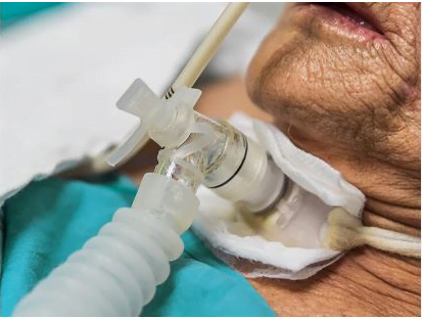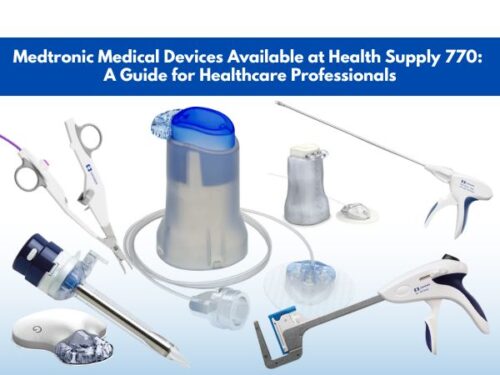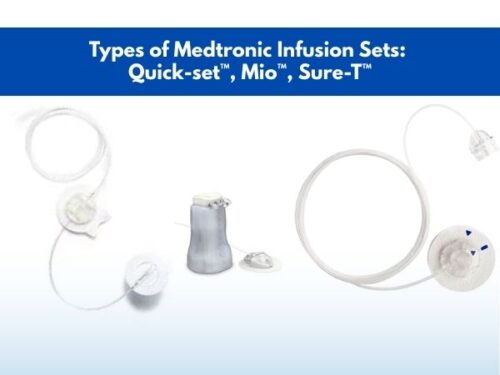What are the different Types of Tracheostomy Tubes?

Several pieces of equipment are used by doctors and surgeons which help in the treatment of certain medical conditions that can cause serious consequences. From large machines to small tubes, all of these pieces of equipment are crucial in the treatment of patients. This equipment not only helps in the treatment of the patients but also assists the doctors in efficiently treating the disease. Such an instrument that is used to treat different breathing disorders is known as a tracheostomy tube. This tube helps in the most basic and continuous function of the human body which is “breathing. Today we are going to discuss what are the types of tracheostomy tubes and the importance of these medical equipment for patients health.
What is a tracheostomy?
The word tracheostomy is a combination of two words “trachea” and “ostomy”. Trachea means the windpipe that is present in our neck and ostomy is the procedure of making an artificial opening in the organ. So tracheostomy refers to the medical procedure in which an opening is made into the windpipe to open or clear it.
Several different techniques are used to perform a tracheostomy. These techniques include percutaneous tracheostomy, surgical tracheostomy, and, mini tracheostomy. These techniques are performed according to the medical condition and requirements of the patient. Tracheostomy techniques and tubes are an important part of treating breathing difficulties and can help to save lives.

Tracheostomy
What is a tracheostomy tube?
The tracheostomy tube is an instrument that is inserted into the patient’s tracheostomy tube to open and clear it. A tracheostomy tube is also known as a trach tube. These tracheostomy tubes can be made of plastic or metal. The use of a specific trach tube depends on the disorder the patient is suffering from. It also depends on the size and shape of the neck. Tracheostomy tubes are used to treat several disorders that make the patient’s breathing difficult. Some of the medical conditions for which a tracheostomy tube is used are as follows.
-
Respiratory system problems
Certain medical conditions make it difficult for the patient to breathe. These conditions include stroke, head, and spinal cord injuries, pneumonia, and, nervous system disorders. In these cases, a tracheostomy tube can be helpful to provide oxygen to the patient’s lungs.
-
Blockages
Certain cancers of the mouth or throat can make it difficult for the patient to breathe. It can also happen if the patient suffers from a throat infection or injury. It will also be difficult for the patient to breathe if the patient swallows something that blocks the windpipe. In these situations, a tracheostomy tube can be used to clear the trachea and help the patient breathe.
-
Tapping the fluid from airways
A buildup of fluid in the airways can lead to breathing problems. If mucus secretions or blood fills up the airways of the patient, a tracheostomy tube can be helpful in removing these buildups and helping the patient to breathe easily.
What are the types of tracheostomy tubes?
The type of tracheostomy tube depends on the size and shape of the patient’s neck, the disorder he has, and the purpose of the tracheostomy. There are several types of tracheostomy tubes which are listed below.

Tracheostomy tubes
-
Un-cuffed tubes
As the name suggests, the un-cuffed tracheostomy tube does not have a tracheostomy cuff. These tubes are used when the medical staff does not need to continuously monitor the volume of air going in or out of the patient’s lungs. This tube is commonly used for pediatric patients.
-
Cuffed tracheostomy tubes
Cuffed tracheostomy tubes include a balloon-like structure or cuff at the outer end of the tracheostomy tube. This cuff can be inflated with the help of water or air. These tracheostomy tubes are helpful in emergencies where these tubes help to monitor the volume of air in the patient’s lungs.
-
Single lumen tubes
Single-lumen tracheostomy tubes help reduce airway resistance. This tube includes only an outer cannula and is mostly used for pediatric patients as the pediatric tube contains a small diameter and cannot accommodate an inner cannula.
-
Double lumen tubes
These are the most commonly used tracheostomy tubes. These trach tubes include an inner cannula and it can be changed. This helps not to change the tube frequently.
-
Fenestrated tracheostomy tubes
Fenestrated tracheostomy tubes include single or multiple openings. It also includes an upper part of the shaft. The fenestration or opening helps to provide airflow. This helps the patient to speak easily and cough out any mucus effectively. The fenestrated tracheostomy tube is used if the patient can communicate while a non-fenestrated tracheostomy tube does not allow the patient to produce any sound.

Tracheostomy tube
-
Adjustable flange tubes
The adjustable flange tracheostomy tubes include a flexible flange or neck which is used to adjust the tube’s length. These tracheostomy tubes are perfect choices for patients who have a fat neck or whose tracheas are quite deep. However, these tubes cannot be used in the long term.
-
Portex tracheostomy tube
Portex tracheostomy tubes are cuffed tubes that are manufactured using a soft thermosensitive material. These tubes are helpful to minimize discomfort as it takes the shape of the patient’s trachea. This tube is easy to clean as it has a flexible flange. The transparent tube helps the doctor to easily view any mucus or blockage or any soiling of the tube. It is also visible on the x-ray to ascertain its position.
Conclusion
Tracheostomy tubes are specialized medical instruments that are used to make an opening in the patient’s trachea or windpipe. These tubes are put into the patient’s trachea to keep it clear and patent. These tubes are helpful for patients who suffer from swallowing issues or when there is no need for a ventilator.
After placing the tracheostomy tube into the trachea of the patient, the patient will be advised on how to take care of the tube and maintain its hygiene. Due to the assistance tracheostomy tubes provide in treating respiratory conditions, these tubes are an integral part of treating patients and can prove lifesavers.



















